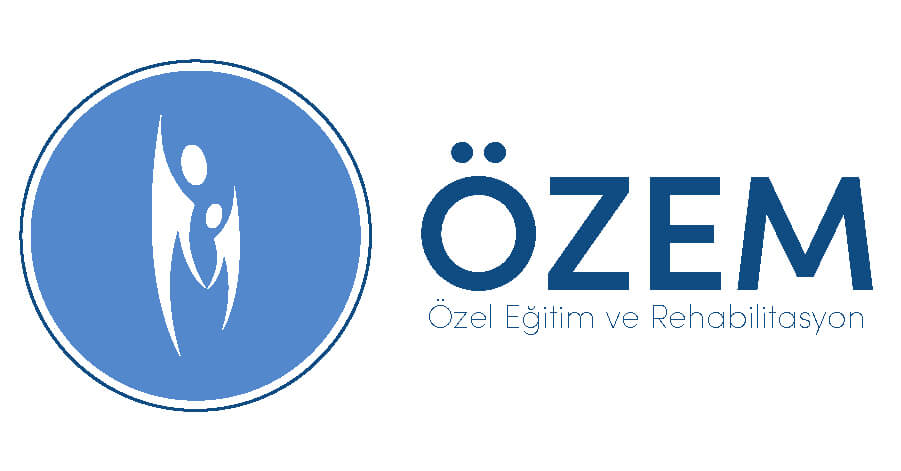It will be recommended for speech therapy to almost every individual diagnosed with autism spectrum disorder. In some cases, This makes sense because many autistic children have limited speech. ve these children clearly need help forming words and sentences. However, Even individuals with high-level functional autism can receive speech therapy. This is because, Although they can form words and sentences, their regular misuse and misunderstanding of language.
:max_bytes(150000):strip_icc():format(webp)/GettyImages-543199481-571a30ab3df78c5640e8a083.jpg)
What is Speech Therapy?
speech therapy , includes the treatment of speech and communication disorders, which means it's a very broad field. speech therapy, can help children with stuttering or lisp to pronounce words correctly, but it can also help children with developmental disabilities understand and use spoken language in a social context..
a certified speech-language pathologist (sometimes called a therapist), is a communications specialist who must have a master's degree. This person is in a private setting., in the clinic , can work in a school or institution and work as part of an education team. They use a wide variety of tools and interventions, from toys and play-like therapy to formal testing and speech curricula.
What a Speech Therapist Does for People with Autism?
speech therapists, an autistic child with other people communicating and interacting can play an important role in helping him learn to set up . depending on the environment (school, ev, office), your child's therapist 1:1 or work in groups. Depending on your child's functional level, The therapist may focus on one or all of these skills::
- nonverbal communication. This, teaching gestural communication or PECS (picture exchange communication system) , may include training with electronic speech devices and other non-verbal communication tools.
- Body language. How to tell if someone else is joking or serious? When is it appropriate to join a conversation and when is the conversation private?? Speech therapists can teach kids how to recognize subtle physical signals.
- Asking and answering questions. children with autism, they may not develop the ability to ask and answer questions without the help of a therapist. Therapist, can teach your child how to recognize a question and give appropriate answers. It also allows your child to formulate answers to their own questions., they can help them ask and understand.
- Speaking pragmatics. “Good morning” It's nice and good to know how to say. But when do, It is equally important to know how and to whom to tell.. Conversation pragmatic training, your child's meanings of idioms (sometimes it's hard for people with autism) can also help them understand and use idioms.
- Prosody. “Prosody” term, relates to the melodic sound of a voice rising and falling during speech. Many people with autism have a flat prosody, this causes other people to believe they don't have feelings. speech therapists, May help children with autism improve their vocal skills.
- Grammar. Some children with autism, have trouble using correct grammar even when modeled at home or school. They can refer to themselves in the third person (“Johnny wants juice”) or wrong tenses etc.. they can use. speech therapists, often works with autistic children to help them correct grammar mistakes.
- speaking skills. Knowing how to explain, it's not the same as keeping the conversation going. speech therapists, Sometimes “joint attention” known as, they can work on conversation.
- concept skills. a person's ability to express abstract concepts, does not always reflect the ability to understand them. Autistic people often “the”, “justice” ve “freedom” have a hard time with ideas like. Speech therapists can work to improve conceptual skills.
- social skills. play therapists, occupational therapists and recreational therapy, drama therapy and art therapy with people in certain specialties such as, speech therapists often help people with autism improve their social communication skills. These types of skills include asking and answering questions., keep an appropriate distance from interlocutors, of a room (or a person) “mood” Includes reviews and more.
Speech therapy for autistic children “difficulty” Although, It is important to note that it can also be extremely beneficial for adults on the autism spectrum.. While children often focus on the basics of communication, adults can focus on finer forms of communication for different types of social interaction.
How to Find a Qualified Speech Therapist?
For more information on finding a qualified speech-language therapist, contact the Özem Special Education and Rehabilitation Center. .
How to Perform Speech Therapy Interventions at Home?
SLP'ers, speech therapy plans and activities, individually tailored to children's communication abilities and needs. These plans are at home, includes activities at school and in the community.
SLP Adena Dacy, “SLPs then collaborate with parents to create special techniques for children and teach them strategies for these routines” said. “Together they share resources, They solve problems and provide feedback when needed.”
Parents, maintenance routines throughout the day, may place interventions in play routines or community routines. As Weitzman explains, these interventions are not designed to add extra work to a family's routine.
“This, "It's not something you have to sit down and have your child do.". “If you sing with your child, if you take your child for a walk to the park, if you give your child a bath, if you sit at the table with your child and eat, If your child likes to play with blocks” you can use these activities as learning opportunities for your child throughout the day..
Parents and caregivers, part of activities that children already enjoy and that motivates a child 5-10 they can start by creating minute learning opportunities. Finally, caregivers can place interventions in more challenging situations.
Weitzman, "This kid, ‘I enjoy and rest from it and hear language very relevant to what I am interested in’ when you realize, Things are starting to change," he said..
Speech Therapy Activities for Children with ASD
Parents and caregivers, facilitating communication interventions and increasing the time their children learn 10 or 20 to build slowly up to the hour 5 ila 10 can be used in minute intervals..
Juliann Woods, an SLP and Autism Navigator partner, "Families, can increase this time by systematically adding new routines and activities throughout the day.”.
Speech therapy goals for children with ASD, will vary according to a family's priorities and the child's functional needs. Goals, matching vocalizations with gestures, may include identifying emotions or maintaining conversations (PDF, 86KB) , a child's communication evolves from pre-language to emerging and advanced language..
Strategies for communication interventions also vary by age group and communication ability.. Generally, it works well when parents and caregivers create learning opportunities within the routines they are already running. Using certain objects and activities that children are interested in, can encourage children to build relationships with communication partners.
Speech Therapy for Babies and Toddlers
First interventions for young children with autism, focuses on increasing engagement and interaction rather than conversation.
Dacy, “Interventions for pre-linguistic infants and toddlers are often, meaningful game, gestures and parent / caregiver / it focuses on sibling interaction”.
Dacy, interventions at home, dressing in childcare or in public, Taking a shower, said it can be part of daily routines, such as mealtime or playtime.
Woods, “Some of the early intervention strategies really look at playing with people” said. “How do we relate to the people in our lives?, we take care of them, how do we express our feelings? How we relate to them and act in turn as a basis for early communication?”
to be animated, can help parents and caregivers interact with their children. According to AutisMag, using animal sounds and toys for nonverbal children can help get children's attention .
Speech Therapy for Preschoolers
Parents and caregivers of preschool children with autism, play ground, may begin to focus on interacting with peers in places such as kindergarten or preschool, said Dacy. Using games and role-playing activities like playing house, according to Stages Learning, can help strengthen interaction with peers .
Creating a picture card library that lets kids match pictures with words, can help children develop their vocabulary. Parents and caregivers can also pretend to play with toys. Singing and animating action and movement songs can also help..
Augmentative and Alternative Communication (AAC), family members of young children with complex communication needs, caregivers, can help them participate in conversations with peers and teachers . SLP'ers, Can help determine if AAC is appropriate for a child.
Speech Therapy for School-Age Children
school age children, they can continue to interact with their peers and develop nonverbal communication skills, including their understanding of body language and facial expressions. Using cartoons and illustrations can help kids label emotions. Parents and caregivers, take a turn, may be interested in friendships and social skills both inside and outside of school, with skills such as empathy or mealtime behavior.
Dacy, He said SLPs can work with families and teachers to implement classroom strategies that increase students' access to the curriculum and bridge the gap between their learning styles and abilities and their academic demands..
"Aim, It can help the child's reading comprehension or writing activities related to a book he reads at school or at home.. In addition, friendships and social skills in and outside of school (e.g. queue, empathy) or they can help them address behavioral issues at mealtime.
Speech Therapy for Adolescents and Young Adults
Parents and caregivers of adolescents and young adults with ASD, them advanced academic, begin to focus on transition planning to prepare for changes and communication in workplace and community settings.
Dacy, “depending on student, this, post-secondary education programs, employment, can mean preparing for relationships or independent living” said.
Caregivers to prepare for employment, can practice workplace skills such as negotiating and resolving conflicts with their children. They can create opportunities for training in workplace social skills and offer support in the workplace, such as workplace changes and job coaching..
Parents and caregivers, It can also help children with autism develop deeper friendships and relationships by creating opportunities for social inclusion in their communities..
For college students with ASD, parents and caregivers, can help by exploring academic accommodation and social support systems, such as counseling or support groups.
Dacy, from family home to group home, He said it may also be beneficial for young adults to create strategies to support a successful transition to semi-independent housing or independent living..
Legal warning: Please note that this article is for informational purposes only.. Individuals, should consult their healthcare professional before following any of the information provided.

